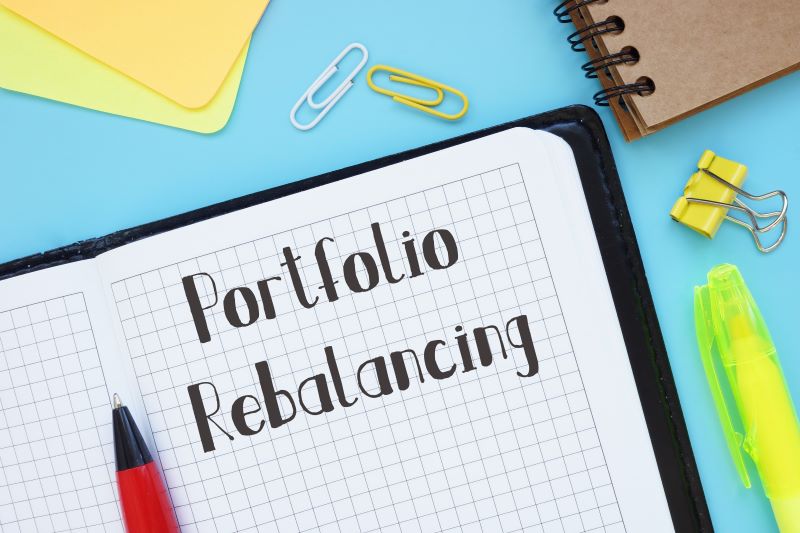

by Ryan Ansted
Categories:
The Importance of Rebalancing Your Portfolio
When the market takes a downturn, what do you do?
You probably know better than to panic and start selling. Selling when values start to fall goes against the basic premise of trading, “buy low, sell high.” But holding tight during a downturn can be a nerve-wracking experience.
That’s why many experts suggest that long-term investors regularly rebalance their portfolio to help minimize vulnerability if things take an unexpected turn.
What it Means to Rebalance Your Portfolio
Rebalancing is where you evaluate your portfolio and make adjustments to your investments. When rebalancing, essentially, you’re looking to sell high and buy low on a small scale. You’ll divest from assets that are higher performing, and invest in items that are lower performing. This puts you in a position to potentially minimize risk and maximize gains if those assets’ performances correct themselves.
So if rebalancing is shown to work, why is it even an option? Why wouldn’t everyone do it?
The answer is that rebalancing requires you to be a little counterintuitive. Yes you’re selling high and buying low, but you’re also selling gains and buying investments. Remember, you’re looking to rebalance outliers, meaning that you’ll be selling stocks that are higher performing in favor of picking up ones that are lower performing.
And for some investors, that’s just plain silly.
But this is usually an emotional decision, not a rational one. Which is why it’s best advice to remove emotional attachment to investments and enlist the help of a professional to help manage your assets!
Rebalancing in Three Simple Steps
While actually rebalancing your portfolio is usually best left to a professional, it’s important that you understand the steps they’ll take when moving your money around. After all, it’s your money—you should know what’s happening with it.
Rebalancing, on a basic level, involves three steps:
Record
Rebalancing relies on comparing the performance of individual assets against their history, so the first step is recording that history. Your portfolio manager will look at the values of your assets when you acquired them, and divide that value by the total value of your portfolio to determine a weight for the asset. The idea is that, going forward, you’ll maintain these asset weights by making adjustments to individual assets.
Compare
Your portfolio manager will look at how each asset class is performing, compared to its historical record. They’ll come up with new weights for your asset classes and compare them to the original weights. If there’s a significant change (positive or negative) it may be time to make a change.
Adjust
If there are any major changes to your portfolio, your financial manager will use a formula to figure out how to readjust your investments to reduce your exposure to risk. This will involve getting rid of assets that have grown too large in your portfolio, and using that money to reinvest in lower performing assets.
When to Rebalance Your Portfolio
You have two main options for determining when to rebalance your portfolio: Time and Performance. Both of these strategies have some merit.
If you choose to rebalance based on time, you’ll set annual, semi-annual, or quarterly dates where you revisit your portfolio and make adjustments to your asset classes. The benefit of this approach is that it lets you control exactly how often you’ll be rebalancing your portfolio—and paying the fees associated with it.
Rebalancing based on performance thresholds means that your financial manager will constantly monitor your portfolio, and make adjustments any time an asset class is off by a certain percentage (which you’ll pick based on your risk tolerance). This makes sure your portfolio is always optimally balanced, but it could be costly to maintain.
But there’s a third path, one recommended by a number of experts, that combines time and performance into a hybrid approach. You set one or two dates each year to check your portfolio, but only make adjustments to assets that have hit a certain performance threshold. This approach optimizes maintenance costs with performance gains.
Are You Ready to Rebalance Your Portfolio?
Rebalancing can be an important part of managing the performance of your portfolio and being prepared for unexpected downturns in the market. Even though it involves selling assets that may be outperforming your expectations, and may continue to do so, rebalancing can help address risk and take advantage of the potential gains.
If you don’t have a rebalancing plan in place, we highly recommend meeting with a financial professional to get one set up!






